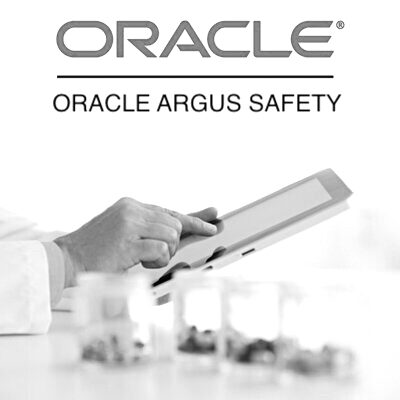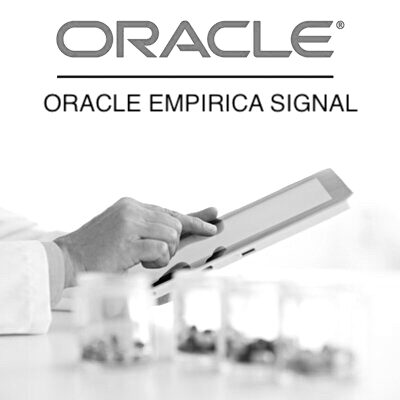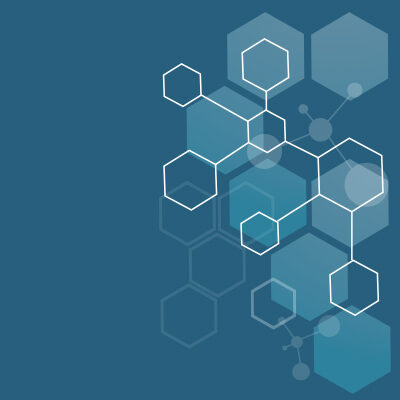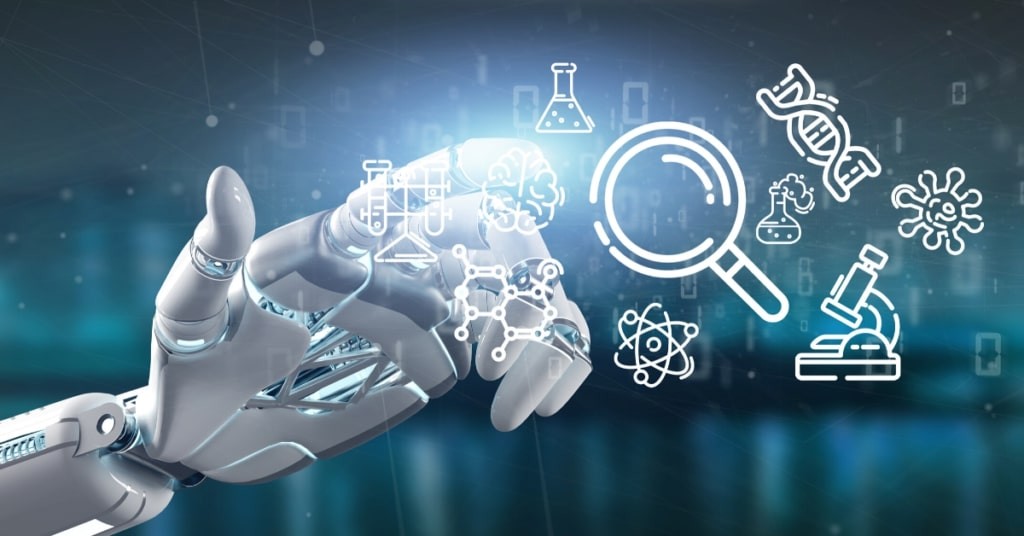Table of Contents
- Dawn of AI in Pharmacovigilance: A New Era of Drug Safety Monitoring
- Unveiling AI in Pharmacovigilance
- The AI Advantage
- A New Era of Signal Detection
- Enhancing Pharmacovigilance Workflows
- AI’s Role in Enhancing Pharmacovigilance
- Benefits of AI in Pharmacovigilance
- Navigating Challenges and Future Prospects
- Conclusion
- Oracle Argus Safety Essentials
- Oracle Argus Safety Essentials + Console
- Oracle Argus Safety – Live Online
- Oracle Argus Safety + Console – Live Online
- Oracle Empirica Signal
- Oracle Empirica Signal – Live Online
- Diploma in Pharmacovigilance
- Argus Safety – Business Configuration and Administration
Dawn of AI in Pharmacovigilance: A New Era of Drug Safety Monitoring
In the realm of healthcare, where precision and safety are paramount, the incorporation of artificial intelligence (AI) has emerged as a groundbreaking force, transforming various facets of the medical landscape. Among these, the convergence of AI and pharmacovigilance stands as a testament to innovation’s potential to redefine patient safety and usher in a new era of drug monitoring and regulation.
Unveiling AI in Pharmacovigilance
The advent of AI in pharmacovigilance can be likened to the discovery of a powerful new lens through which the safety of pharmaceuticals can be scrutinized with unparalleled depth and efficiency. The traditional pharmacovigilance approach, reliant on human-led reporting and manual analysis, was susceptible to delays, human error, and the inherent limitations of human capacity to process vast volumes of data. This scenario paved the way for AI’s entry into the domain, promising not just incremental improvements, but transformative enhancements.
The AI Advantage
At the heart of AI’s integration into pharmacovigilance lies its remarkable capacity to decipher complex patterns, identify correlations, and sift through massive datasets at speeds that humans could never achieve. This capability has empowered pharmacovigilance experts to unearth subtle signals that may otherwise remain concealed amidst the noise of data overload.
AI algorithms possess the ability to analyze diverse sources of information, ranging from electronic health records and social media chatter to clinical trial data and medical literature. By doing so, AI can facilitate the early detection of adverse drug reactions (ADRs), enabling timely intervention and risk mitigation. Moreover, the continuous learning nature of AI ensures that it becomes progressively more adept at recognizing new and evolving patterns, rendering its insights increasingly invaluable over time.
A New Era of Signal Detection
The traditional process of signal detection in pharmacovigilance involved time-consuming manual review, often hindered by the sheer volume of data. AI-driven signal detection, on the other hand, is characterized by its ability to swiftly scan massive datasets for emerging patterns or deviations from the norm. The algorithms can identify potential ADRs by recognizing unexpected spikes in reported adverse events, enabling regulators and healthcare professionals to promptly investigate and take necessary actions.
Furthermore, AI has the potential to foster a proactive approach to signal detection. By continuously monitoring data streams, AI systems can identify signals even before they manifest as overt trends, potentially preventing adverse events from escalating.
Enhancing Pharmacovigilance Workflows
AI’s integration into pharmacovigilance workflows extends beyond signal detection. It streamlines various aspects, including data collection, case processing, and risk assessment. AI-powered chatbots and virtual assistants can engage with healthcare professionals and patients to gather relevant information about adverse events, enhancing the accuracy and efficiency of data collection. Automation of case processing not only accelerates the identification of potential safety concerns but also reduces the burden on human resources, enabling experts to focus on more nuanced tasks.
Risk assessment, a cornerstone of pharmacovigilance, benefits immensely from AI’s predictive analytics. By analyzing historical data and identifying factors that contribute to ADRs, AI can forecast potential risks associated with specific medications, patient populations, or dosages. This foresight enables regulators to tailor interventions, warnings, or label modifications, enhancing patient safety.
AI’s Role in Enhancing Pharmacovigilance
Pharmacovigilance has historically relied on manual processes for adverse event reporting and analysis, often leading to delays and potential oversights. AI is rapidly transforming this landscape with its capacity to process massive amounts of data, detect patterns, and provide insights that are otherwise challenging to uncover.
- Automated Data Analysis: The sheer volume of medical data generated daily is overwhelming for human analysis. AI algorithms can process structured and unstructured data from various sources, including electronic health records, social media, and medical literature. This automation streamlines the identification of potential adverse events and aids in real-time surveillance.
- Signal Detection: AI-powered algorithms excel at identifying statistical anomalies and trends within vast datasets. This ability enables early detection of potential signals related to adverse events, prompting quicker intervention and response.
- Natural Language Processing (NLP): With the rise of patient-generated content on social media and healthcare forums, valuable information often remains buried in unstructured text. NLP techniques allow AI to sift through this content, extracting relevant data to better understand patient experiences and concerns.
- Predictive Analytics: AI’s capacity to learn from historical data empowers it to predict potential safety issues and emerging trends. This predictive approach helps regulatory bodies and healthcare professionals take proactive measures to mitigate risks before they escalate.
- Drug-Drug Interaction Analysis: AI algorithms can assess the potential interactions between different drugs, reducing the likelihood of adverse events caused by drug combinations.
Benefits of AI in Pharmacovigilance
The integration of AI in pharmacovigilance yields numerous advantages that are poised to redefine drug safety monitoring:
- Efficiency: Automation of routine tasks frees up pharmacovigilance teams to focus on in-depth analysis and decision-making.
- Early Intervention: AI’s swift signal detection capabilities ensure that potential safety concerns are addressed before they escalate, safeguarding patient health.
- Accuracy: AI’s ability to process vast amounts of data minimizes the risk of human errors, leading to more accurate adverse event identification.
- Real-time Monitoring: The capacity to monitor real-time data from diverse sources enhances the responsiveness of pharmacovigilance efforts to emerging safety issues.
- Patient-Centric Insights: By analyzing patient narratives and experiences, AI provides a holistic view of drug safety, enabling a deeper understanding of the real-world impact of medications.
Navigating Challenges and Future Prospects
While the dawn of AI in pharmacovigilance promises transformative outcomes, it does not come without challenges. Data quality, privacy concerns, and algorithm bias are among the critical considerations that demand vigilant attention. Striking the balance between the ethical use of AI and the pursuit of medical progress remains an ongoing endeavor.
As AI continues to evolve, its integration into pharmacovigilance is poised for further growth. The future holds the potential for AI systems to seamlessly collaborate with human experts, capitalizing on their respective strengths to create a symbiotic relationship that enhances safety monitoring.
Conclusion
The dawn of AI in pharmacovigilance marks a revolutionary juncture in the quest for safer healthcare. By harnessing the power of AI to analyze vast troves of data, identify patterns, and predict potential risks, the field of pharmacovigilance is poised to enhance patient safety in ways previously deemed unimaginable. As regulatory bodies, healthcare providers, and pharmaceutical companies increasingly embrace this transformation, the future of drug safety monitoring is one where timely interventions and proactive measures become the norm, ensuring that the benefits of medical progress are reaped with confidence and without compromise.
You may be interested in…
-
 eLearning + software
eLearning + softwareOracle Argus Safety Essentials
$599.00 -
 eLearning + software
eLearning + softwareOracle Argus Safety Essentials + Console
$799.00 -
 Live Online
Live OnlineOracle Argus Safety – Live Online
$999.00 -
 Live Online
Live OnlineOracle Argus Safety + Console – Live Online
$999.00 -
 eLearning + software
eLearning + softwareOracle Empirica Signal
$599.00 -
 Live Online
Live OnlineOracle Empirica Signal – Live Online
$999.00 -
 eLearning + software
eLearning + softwareDiploma in Pharmacovigilance
$799.00 -
 eLearning + software
eLearning + softwareArgus Safety – Business Configuration and Administration
$599.00

